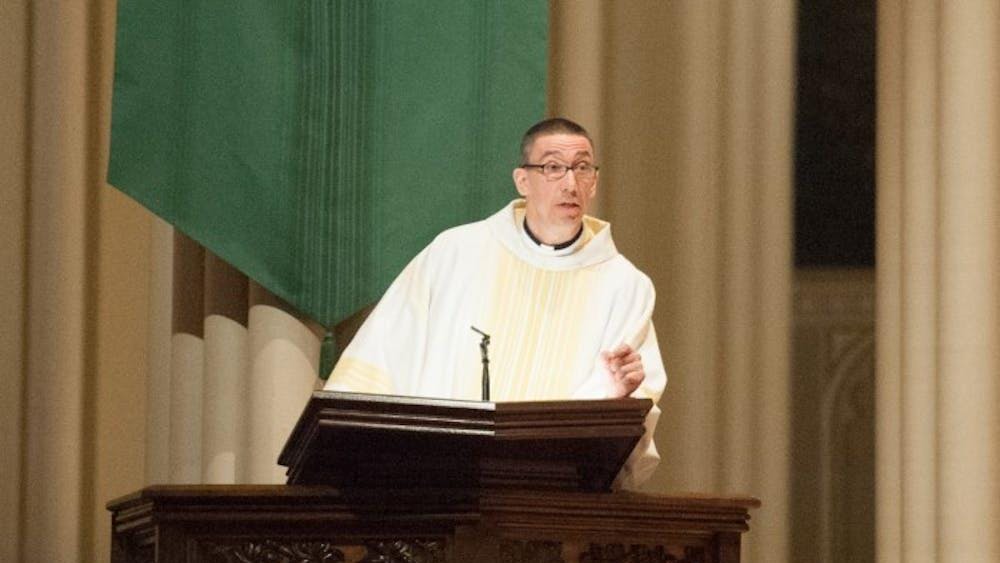Out of a study of 30 universities, Notre Dame was found to have the worst COVID-19 outbreak this fall, and the cases on campus demonstrated some correlation with cases in the wider South Bend community (as measured with a seven-day per 100,000 cases metric), according to a study published by Stanford University professors Jan. 13.
The study found that a Notre Dame outbreak which occurred at the beginning of the semester correlated with an increase in COVID-19 cases in St. Joseph County. Over the course of the semester, 14.5% of Notre Dame students became infected with COVID-19, and the cumulative infection rate in St. Joseph County was 7.8%. This can be compared to the average infection rate in Indiana at 6.5% and the national average at the time 5.3%.
Notre Dame’s decision to move classes online for two weeks appeared to contain the spread, but the results of the research suggest that unlike Notre Dame, St. Joseph County struggled to decrease the spread in the following months, “indicating that the initial outbreak at the University of Notre Dame had superspreading-like effects on its home county.”
However, the lack of contact tracing between Notre Dame students and St. Joseph County citizens prevents the August outbreak at Notre Dame from being characterized definitively as a super-spreader event, WSBT reported.
University spokesman Paul Browne said in a conversation with deputy health officer for St. Joseph County Dr. Mark Fox, Fox said “he couldn’t duplicate the report findings as they applied to St. Joseph County and Notre Dame.”
“On a separate occasion recently, Dr. Fox said that if Notre Dame was a super spreader, he would have expected to see a decline in the county after students left for their extended winter break,” Browne said in an email. “Instead, there was an increase.”
Notre Dame announced Thursday new plans to attempt to decrease the spread of COVID-19 on campus this spring, including weekly surveillance testing for all students and harsher discipline for students who do not abide by health and safety protocols.
“There will be increased testing on campus during the spring semester, approximately 14,000 tests weekly,” Browne said. “No one will be able to begin classes in person until she or he tests negative.”













